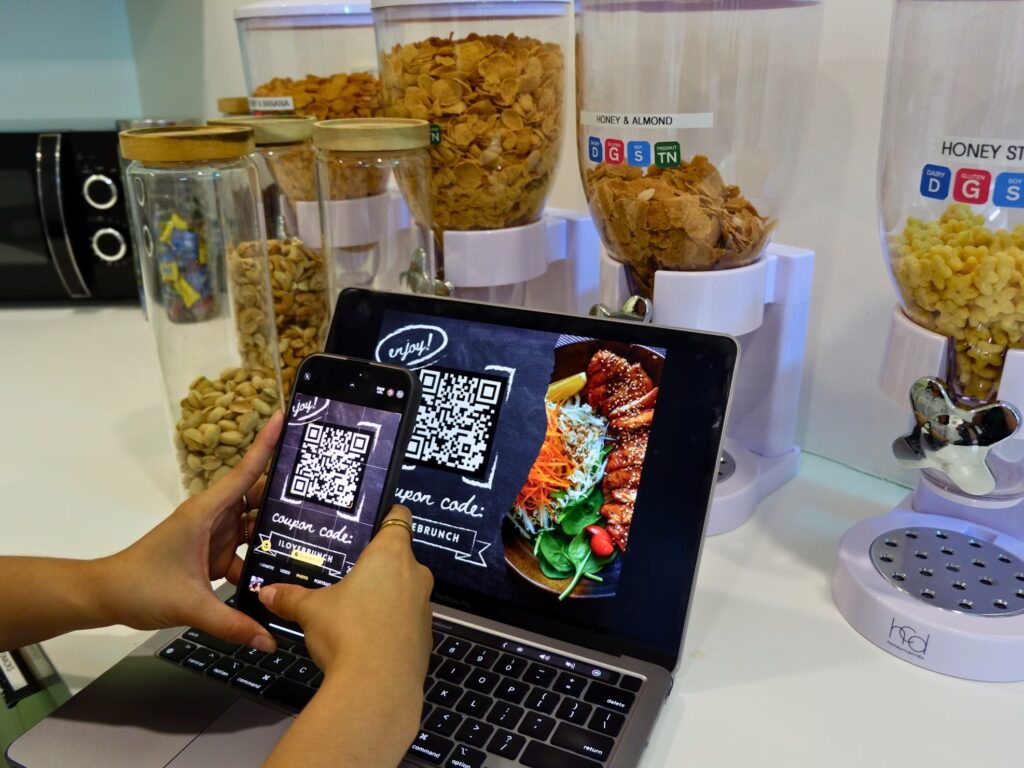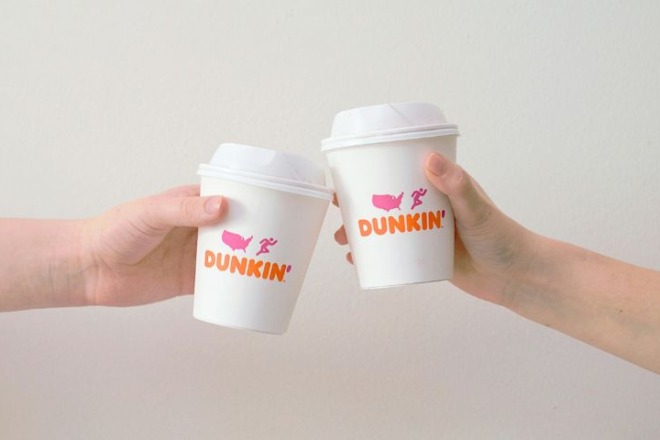Gamified marketing is a unique way for brands to attract and retain customers. It turns marketing into a two-way street and creates experiences that encourage participation, conversion, and loyalty.
What Is Gamification Marketing?
Gamification marketing is a strategy that uses game design elements like points, badges, challenges, or leaderboards in marketing and non-game activities, like social media or ad campaigns. It turns ordinary brand interactions into motivating and engaging experiences.
For example, a coffee shop might reward customers with badges for ordering the same item a specific number of times a month, or an eCommerce brand might have customers spin a wheel to win discount vouchers.
Why Gamification Works
At its core, gamification works because it appeals to specific psychological triggers, like the desire for reward and achievement.
A 2025 study found that gamification enhances customer loyalty by satisfying utilitarian, experiential and social needs, with utilitarian methods being the most prominent. According to respondents, gamified elements helped them pass the time and enhanced the ease of purchasing specific products.
Games make people feel like they’re making progress. When customers earn points or unlock milestones, they get a positive feeling that reinforces their attachment to the game. As a result, they keep coming back for more, turning one-time buyers into brand advocates.
Key Elements of Gamified Marketing
Successful gamification designs experiences that motivate participation and engagement. Here are the key components of gamified marketing.
Goals
Every game has a clear objective, and so should a gamified marketing campaign. Goals give audiences a sense of purpose and help them understand the actions they need to take to achieve the set goals.
The player’s goals should align with the company’s goals. For example, a clothing brand could reward customers for building wishlists, helping them feel creative while providing the brand with insights into customer preferences.
Rules
Rules determine how users will play the game. They establish structure and ensure fairness, helping players understand how to earn rewards or advance through levels.
In gamified marketing, examples of rules may include:
- How to earn points: For example, earning one point requires spending $5
- How long a challenge lasts: For instance, players can only earn points within a seven-day window
- What actions qualify for rewards: For example, referring friends can earn points or discount vouchers
Clear rules build trust and prevent confusion, and keeping them simple and transparent ensures understanding and clearer reward distribution.
Rewards
Rewards are usually the main attraction of any gamified experience. They are what motivate users to participate in the game. Rewards can come in different forms — here are the most common types:
- Tangible rewards: Discounts, gift cards, cashback, or merchandise
- Status rewards: Badges, titles, leaderboard rankings, or public recognition
- Access rewards: Early access, event invitations, or exclusive content
Brands must make their rewards attractive and attainable. A balanced and transparent rewards system creates hype without feeling manipulative.
Autonomy
An effective gamification strategy gives users control. Participants should participate in the game because they want to, not because they feel forced. Games should be a source of entertainment and a possible reward.
Aside from the basic rules and rewards, brands can nurture this sense of autonomy by offering flexibility through dynamics like:
- Choosing challenges they want to complete
- Customizing avatars or profiles
- Picking a reward from a range of choices
Creating autonomy makes the experience personal and helps players feel empowered and in control.
The Benefits of Gamification
Gamification is an excellent source of entertainment value for players. It also introduces unique dynamics between the brand and the customer and between the players themselves. These are some of the most impactful benefits of gamification marketing.
Improves User Engagement
One of the most significant benefits of gamification is its ability to capture and sustain audience attention. Games invite users to participate in an ongoing experience. Interactive systems and features like challenges, streaks, leaderboards, and points encourage repeated engagement.
It can also create a sense of community among participants. A literature review from 2025 found that gamification reinforces social participation, and this motivation to connect with others leads to increased brand engagement.
Increases Conversion Rates

Gamification turns the conversion process into something enjoyable. It rewards players for taking action, whether it’s signing up for a newsletter, completing a purchase, sharing content, or referring a new user.
For example, some e-commerce sites have spin-to-win wheels offering discounts or free shipping. If customers win a voucher, they will be more inclined to purchase since they will have a perk they can use.
Boosts Loyalty
Loyalty programs with gamified elements can drive long-term retention. Customers who enjoy their brand experience are more likely to return. Point systems or tiered rewards can keep customers engaged even after their first purchase.
Aside from financial or tangible incentives, a well-thought-out loyalty rewards system creates a sense of achievement and recognition. Loyal customers are acknowledged and rewarded for their continued participation, building a strong attachment to the brand.
Provides Valuable Customer Insights
Gamification can reveal important information about one’s audience. Each user action — like completing tasks or redeeming rewards — shows their behavioral patterns. These insights help marketers refine campaigns and personalize customer experiences.
Over time, player interactions can show which incentives drive the most participation or which audience segments engage most actively. It can also point out problems and show where users tend to disengage. This feedback makes gamification both a marketing and analytics tool.
Gamification Strategies and Techniques
A successful gamification marketing campaign comes with techniques that match customer motivations and business goals. Brands can consider these approaches to launch effective and engaging gamification.
Loyalty Programs
Loyalty programs are one of the most recognized and effective applications of gamification marketing. They reward customers for consistent engagement, purchases, and participation, transforming one-time customers into repeat buyers.
Achievement Badges
Achievement badges create visual recognition for completing specific tasks or reaching milestones. These small digital icons validate players’ effort and progress. It can also build community and recognition among fellow customers. The language learning app Duolingo has mastered this system, creating badges and leaderboards that reward consistent engagement.
Referral Rewards
Referral rewards combine interpersonal relationships with gamified incentives. Customers earn points or discounts for referring people from their networks, creating a win-win dynamic. The original customer gains perks, while the business expands its audience through trusted recommendations.
Competitions
Competitions create excitement and urgency that drives engagement and community participation. Through public rankings, timed challenges, or creative contests, users are motivated to interact with the brand to outperform others and receive rewards.
Challenges
Challenges are similar to competitions, but they can be more inclusive. Instead of having to compete and beat other participants, challenges focus more on personal goals and records. For example, a wellness company might launch a seven-day fitness challenge, encouraging participants to achieve accessible goals while shouting out the brand.
The Power of Play
Gamification marketing has become a proven — and entertaining — strategy for engagement and loyalty. It makes brand interactions feel purposeful and rewarding, building strong customer communities who enjoy supporting the brand’s success.


